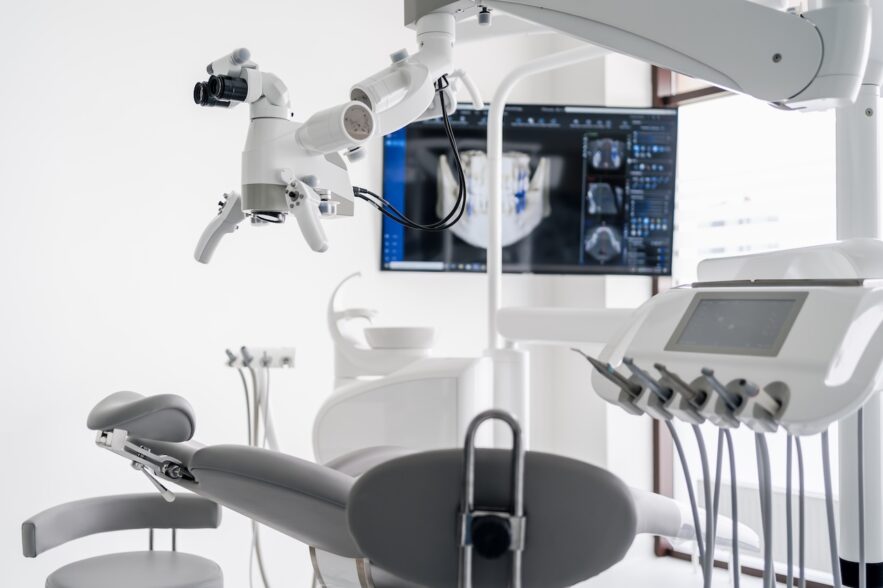Running a successful dental practice goes far beyond offering excellent care to patients. With an ever-evolving healthcare landscape, understanding and addressing specific risk factors is vital to maintaining operations, protecting reputation, and ensuring compliance. This post outlines the top 10 risk factors that every dental practice should monitor to minimize potential disruptions and liabilities.
1. Patient Data Privacy and Cybersecurity
In today’s digital era, dental practices store sensitive patient information such as medical histories, identification details, and payment records. Failing to comply with data protection regulations like HIPAA can result in hefty fines and legal consequences. Practices should invest in robust cybersecurity measures like encryption, secure servers, and regular audits to safeguard patient information.
2. Staff Compliance with Regulations
Compliance violations can stem from team members who are not adequately trained in healthcare standards like sterilization protocols, proper documentation, or patient interaction ethics. Continuous education programs and routine compliance checks will help minimize this risk within the team.
3. Infection Control
Dental practices face high infection risks due to exposure to bloodborne pathogens and saliva during procedures. Failure to consistently disinfect equipment and follow hygiene protocols can lead to transmission of harmful pathogens, impacting both patient safety and the practice’s reputation.
4. Malpractice Claims
Malpractice allegations can arise from perceived negligence, misdiagnosis, or procedural errors. These claims can devastate a dental practice financially and reputationally. Proper documentation, effective communication with patients, and maintaining high standards of care are integral to shielding your practice from this risk.
5. Financial Management and Revenue Leakages
Inadequate financial management, billing errors, and unmonitored revenue streams may lead to financial instability. Practices need to monitor accounts receivable and assess operational expenses regularly to avoid revenue mismatches or unforeseen deficits.
6. Regulatory and Legal Changes
Changes in healthcare regulations or insurance policies may impact your practice operations. Staying informed about these updates ensures compliance and reduces the risk of penalties or lawsuits. Working closely with legal experts and professional associations can help prepare for these changes.
7. Occupational Safety Risks
Dental staff deal with repetitive tasks, awkward positioning, and exposure to potential hazards like sharp instruments or radiation. Without proper ergonomic support and safety protocols, staff could be at risk of injury, resulting in decreased productivity and potential workers’ compensation claims.
8. Reputation Management
In the age of online reviews, one unhappy patient can tarnish your practice’s reputation. Practices must proactively address patient complaints, resolve issues constructively, and monitor online feedback to protect their public image and attract new clients.
9. Technological Advancements and Equipment Maintenance
Failure to keep up with modern dental innovations or regularly maintaining existing equipment can put practices at a disadvantage. Outdated tools or malfunctioning equipment not only affect patient care but can also increase operational risks. Routine inspections and timely upgrades are critical.
10. Talent Retention and Staffing Challenges
Turnover in dental staff can undermine patient experience and disrupt workflows. Hiring qualified personnel, offering competitive compensation, and fostering a positive workplace culture are all vital for retaining a reliable and consistent team that prioritizes patient care.
Final Thoughts
Effectively managing these risk factors allows dental practices to enhance patient experiences, improve operational efficiency, and build a trustworthy reputation. By staying vigilant, proactive, and compliant, dental practitioners can safeguard their operations and set the foundation for long-term success.



